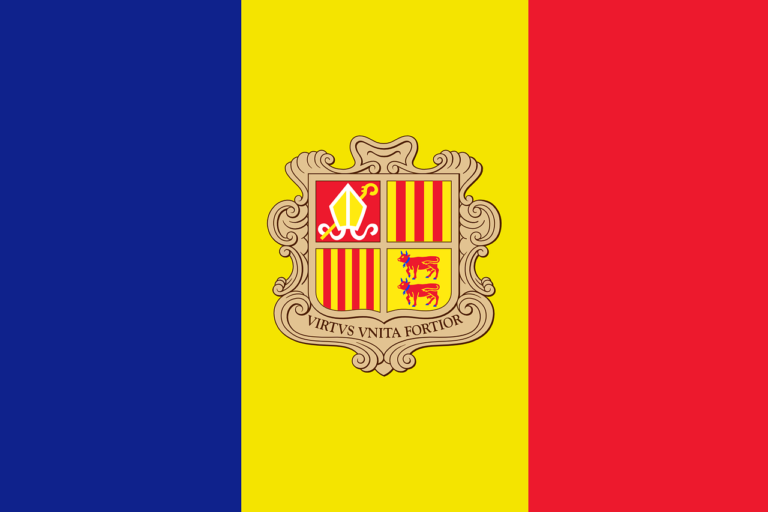Flags have the power to evoke a sense of national identity and pride, and the Spanish national flag, known as “La Bandera de España,” is no exception. With its bold red and yellow design, the Spanish flag represents the rich history, diverse culture, and unified spirit of the Spanish people. In this blog post, we will explore the captivating story behind the Spanish national flag, delving into its origins, symbolism, historical significance, and its enduring importance in contemporary Spain.
Origins and Evolution:
The origins of the Spanish national flag can be traced back to the 18th century when the maritime and naval ensigns of the Spanish Empire bore the red and yellow colors. However, it was not until the 19th century that the red and yellow flag became widely recognized as the national flag of Spain. Over time, the flag evolved, with changes in the design and the addition of the coat of arms.
Symbolism and Meaning:
The Spanish national flag’s design is simple yet powerful. It consists of three horizontal stripes: two red stripes on the top and bottom, sandwiching a thick yellow stripe in the middle. The colors themselves hold symbolic significance. Red represents courage, valor, and resilience, while yellow symbolizes generosity, harmony, and the bright Spanish sun.
Historical Significance:
The Spanish national flag has witnessed pivotal moments in Spanish history. During the Spanish Civil War, different factions adopted various flags, including the Republican tricolor and the Nationalist flag. After the end of the war and the subsequent establishment of a dictatorship under Francisco Franco, the red and yellow flag without the coat of arms became the national flag of Spain.
Contemporary Importance and National Identity:
Today, the Spanish national flag holds great importance in modern-day Spain. It is a symbol of national unity and pride, representing the diverse cultures and regions that make up the Spanish nation. The flag is prominently displayed during national holidays, such as National Day on October 12th, as well as during sporting events and official ceremonies.
The Spanish national flag plays a crucial role in shaping the national identity of Spain. It serves as a reminder of the country’s rich history, the contributions of its people, and the shared values that bind them together. It represents Spain’s commitment to democracy, freedom, and the vibrant cultural heritage that defines the nation.
Cultural Influence and International Recognition:
The Spanish flag’s vibrant colors and striking design have transcended its role as a national emblem and have influenced Spanish art, fashion, and culture. The red and yellow colors are found in traditional Spanish architecture, flamenco dresses, and various cultural festivals across the country. Additionally, the Spanish flag is widely recognized internationally, representing Spain’s global presence and influence.
The Spanish national flag, with its striking red and yellow design, embodies the heritage, unity, and cultural richness of Spain. It represents the history and resilience of the Spanish people while symbolizing their commitment to democracy and freedom. The flag serves as a source of national pride and identity, unifying Spaniards across diverse regions and cultures. As Spain continues to evolve, the red and yellow flag will remain an enduring symbol, representing the vibrant spirit of the Spanish nation.






